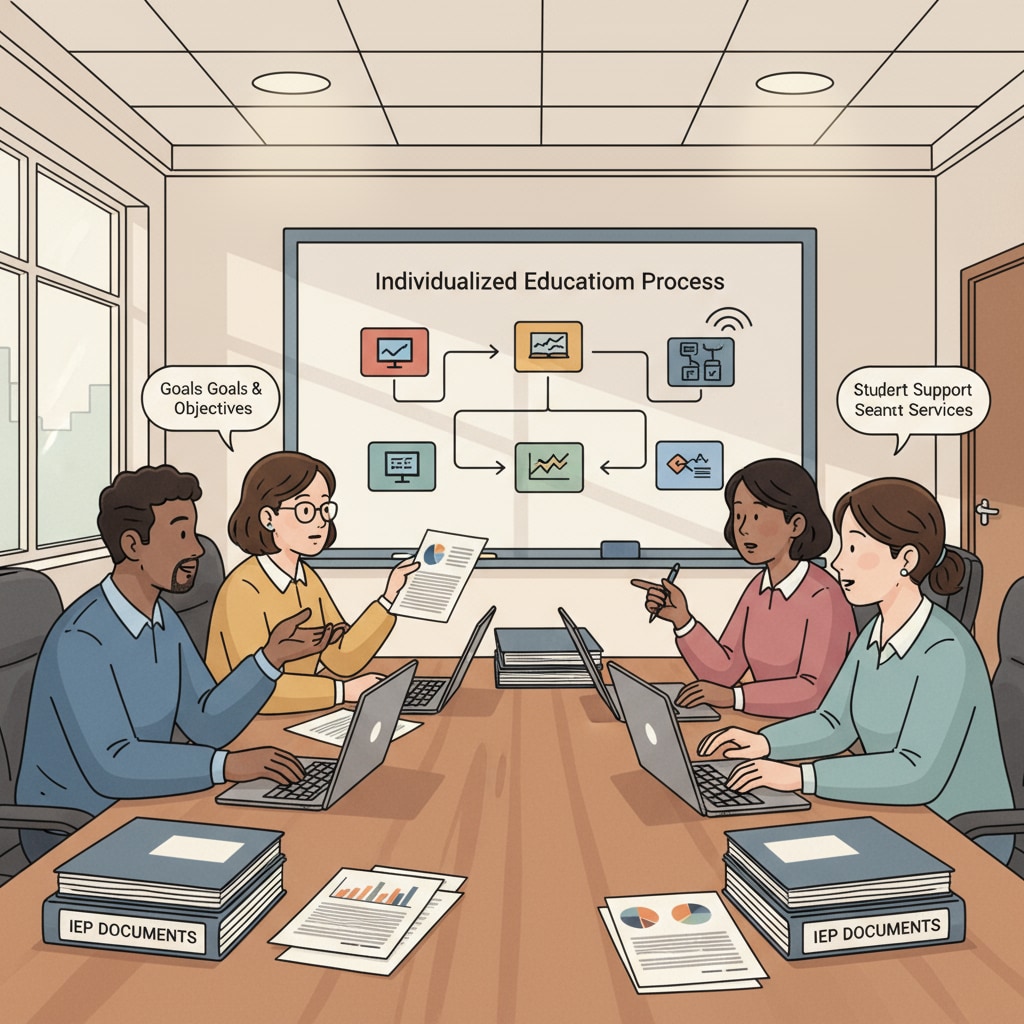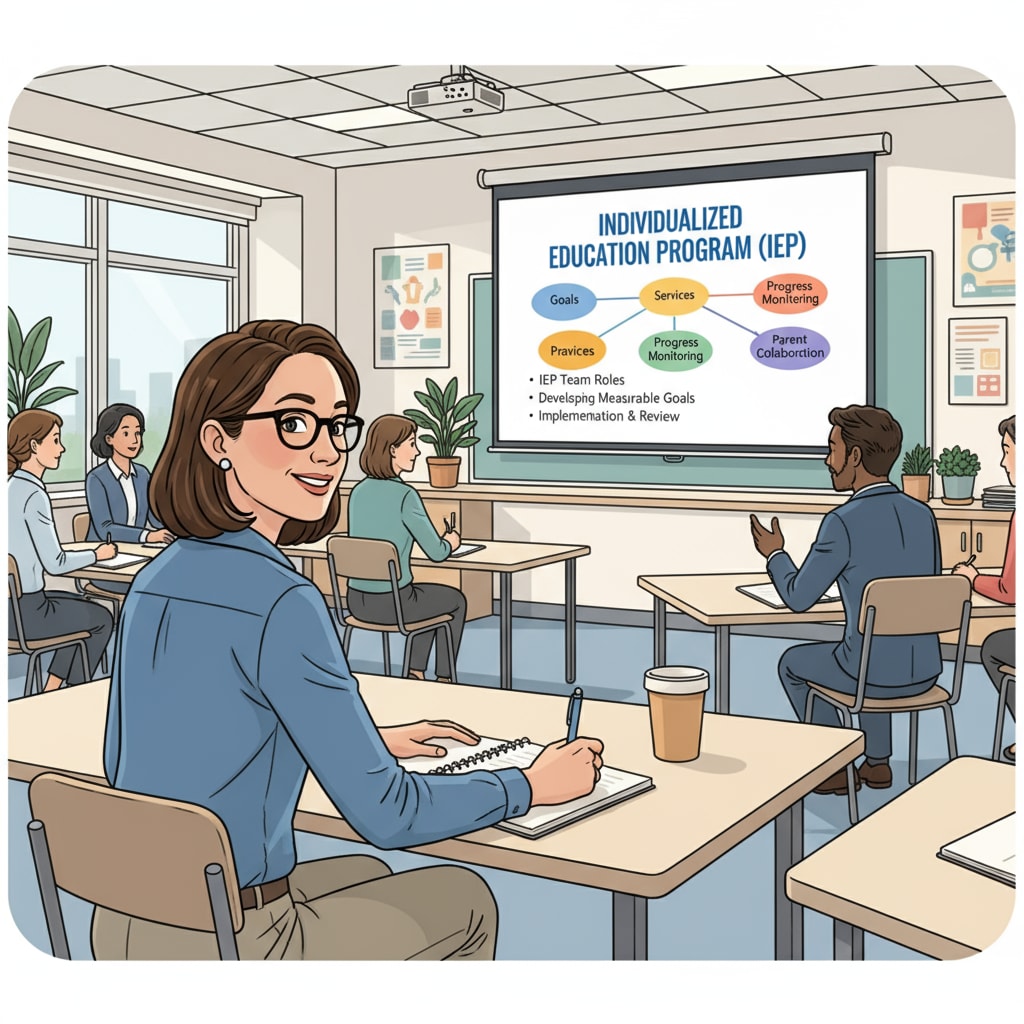IEP, special education, and comprehension difficulties are issues that many special educators grapple with. Individualized Education Programs (IEPs) are crucial in providing tailored educational support for students with special needs. However, understanding and implementing these plans often pose significant challenges to educators.

The Complexity of IEP Documents
IEP documents are filled with technical jargon and complex educational terms. For example, concepts like “present levels of academic achievement and functional performance” require a deep understanding of educational assessment. This complexity makes it difficult for educators, especially those new to the field, to fully grasp the content. According to Understood.org, the language used in IEPs can be a barrier to clear comprehension.
Lack of Consistent Training
Another contributing factor is the lack of consistent and comprehensive training. Special educators may receive limited instruction on IEP interpretation during their initial training. As a result, they may struggle when faced with real-world scenarios. For instance, they might not know how to adapt an IEP to a student’s changing needs. The National Center for Learning Disabilities emphasizes the importance of ongoing training to address this issue.

To overcome these challenges, special educators can seek additional professional development opportunities. They can also collaborate with colleagues to share insights and experiences. By working together, they can enhance their understanding of IEPs and better meet the needs of their students.
Readability guidance: Each paragraph is concise and focused. The use of examples helps to clarify complex concepts. Transition words like “however”, “for example”, and “as a result” are used to connect ideas smoothly. Bullet points or numbered lists could be added in future expansions for better organization.


